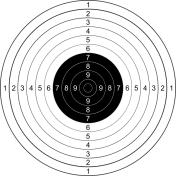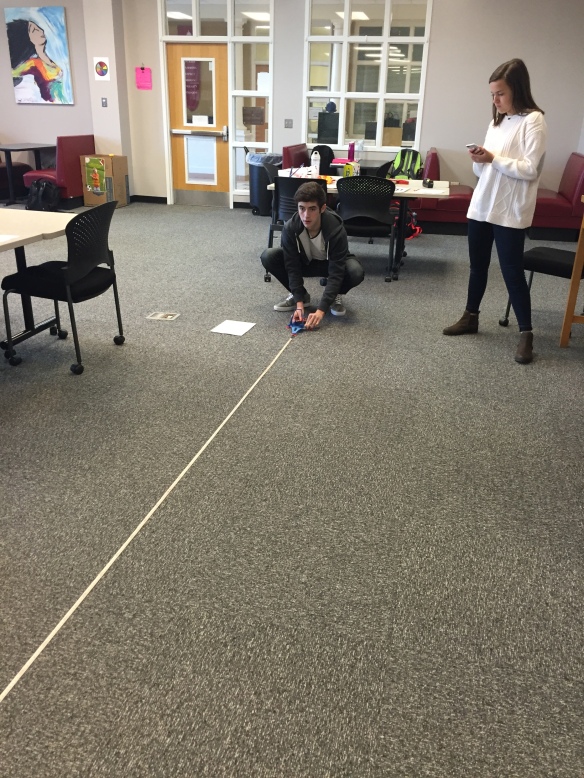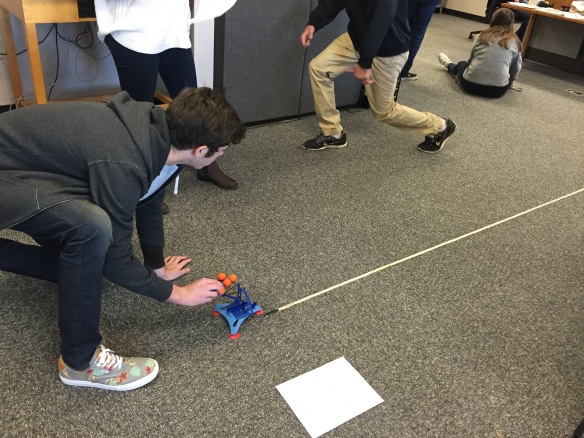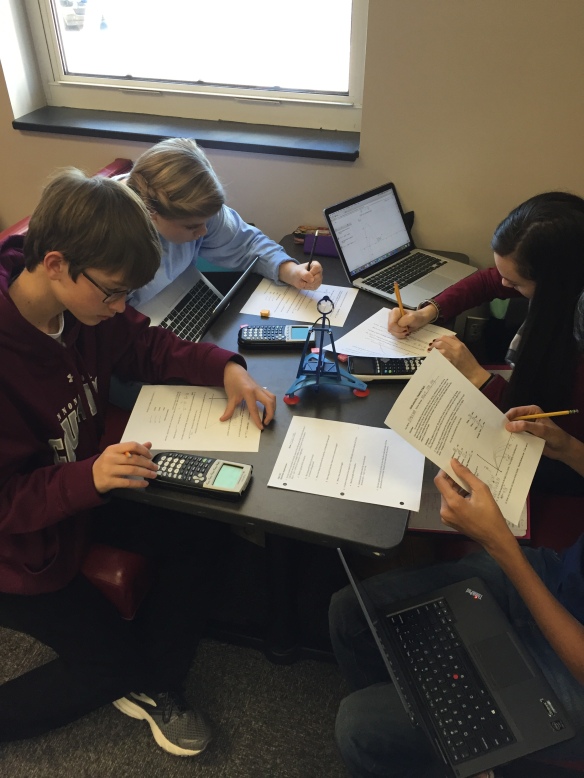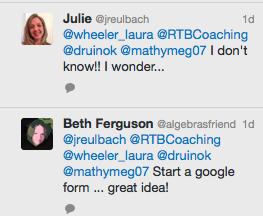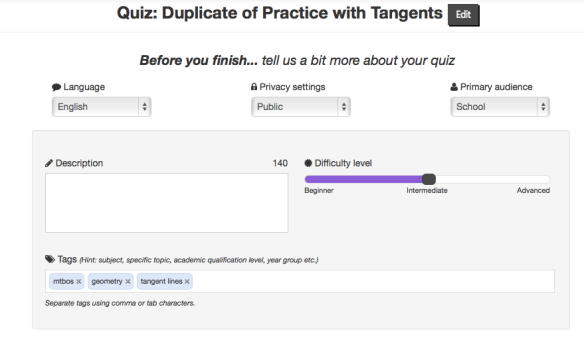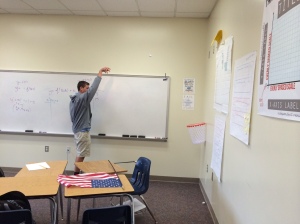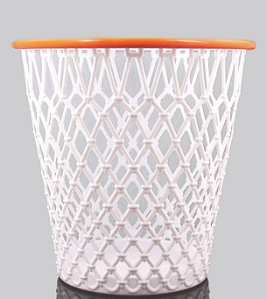Sometimes we underestimate words. Or specifically, how one word can change an entire activity. This happened to me last week. It was Thursday morning of an especially long week, right after break, when the kids were not used to the school schedule yet. Friday was still so far away and the effects of sleep deprivation were hitting them full force. Basically, they were dead. They were graphing inverses by hand in order to discover the line of symmetry. The first two graphs were easy, a line and a parabola. But the third graph was much more complicated. As soon as it got complicated, or they messed up one point, many of these tired students started grumbling, or did not engage with it at all. They felt that it was “too hard” and the class felt flat for the rest of the lesson.
I hate when a lesson falls flat. It deflates me as a teacher because their energy and enthusiasm feeds me, and makes the classroom exciting and fun to teach. After that lesson I had that, “Wow, that was the worse lesson I have had in a while. The kids were dead.” feeling. I knew I couldn’t go through this lesson the same way two more times, so I decided to take out the complicated graph, because they didn’t really need it to discover the line of symmetry, and working on it had taken the “wind out of their sails”.
However, when the next class was working, I had some students who finished the first two graphs rather quickly. I did not want them to be bored as they waited on their peers, so I asked them,
“Would you like to try the challenge graph?”
I also told them that it was pretty complicated. I was not surprised when they said yes, as they had finished the first graphs so quickly because they are my stronger students. But what happened next did surprise me. Other students in the room overhear me offering the challenge graph to those students, and then heard them talking about it, “Oh wow, the graphs look like hearts!” Soon, other students were asking to do the challenge graph. I asked them, “Are you sure? It’s pretty complicated!” This made them even more determined to have it and do it successfully. They excitedly exclaimed to the table mates, “I see the two hearts!” when they had successfully completed it. Successfully completing, “the challenge” had excited and awoken the entire class. Thus, the rest of the lesson was a blast. A student even said, “Wow, this class is SO suspenseful EVERY day – and it’s math!”
I was shocked that the same lesson went so differently just from rephrasing the exact same activity. We all love a great challenge, and our students are no different. I wanted to blog about this experience so I wouldn’t forget it in the future, and so you could benefit from it as well!
Don’t be afraid to challenge your students – but do make it a challenge for them!

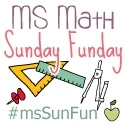

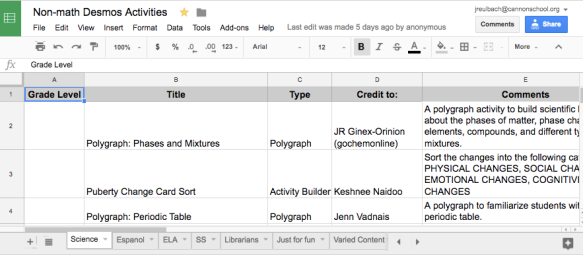
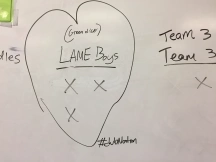 After reading about
After reading about 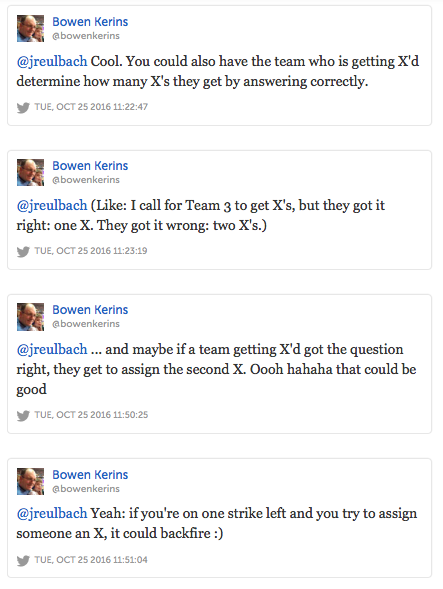
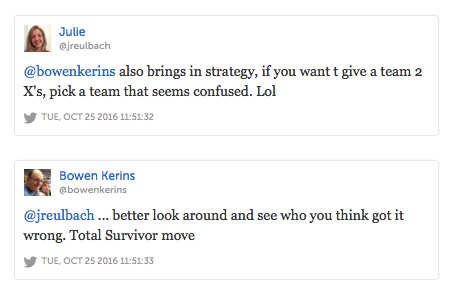



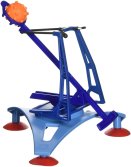 I got this fun idea from
I got this fun idea from 